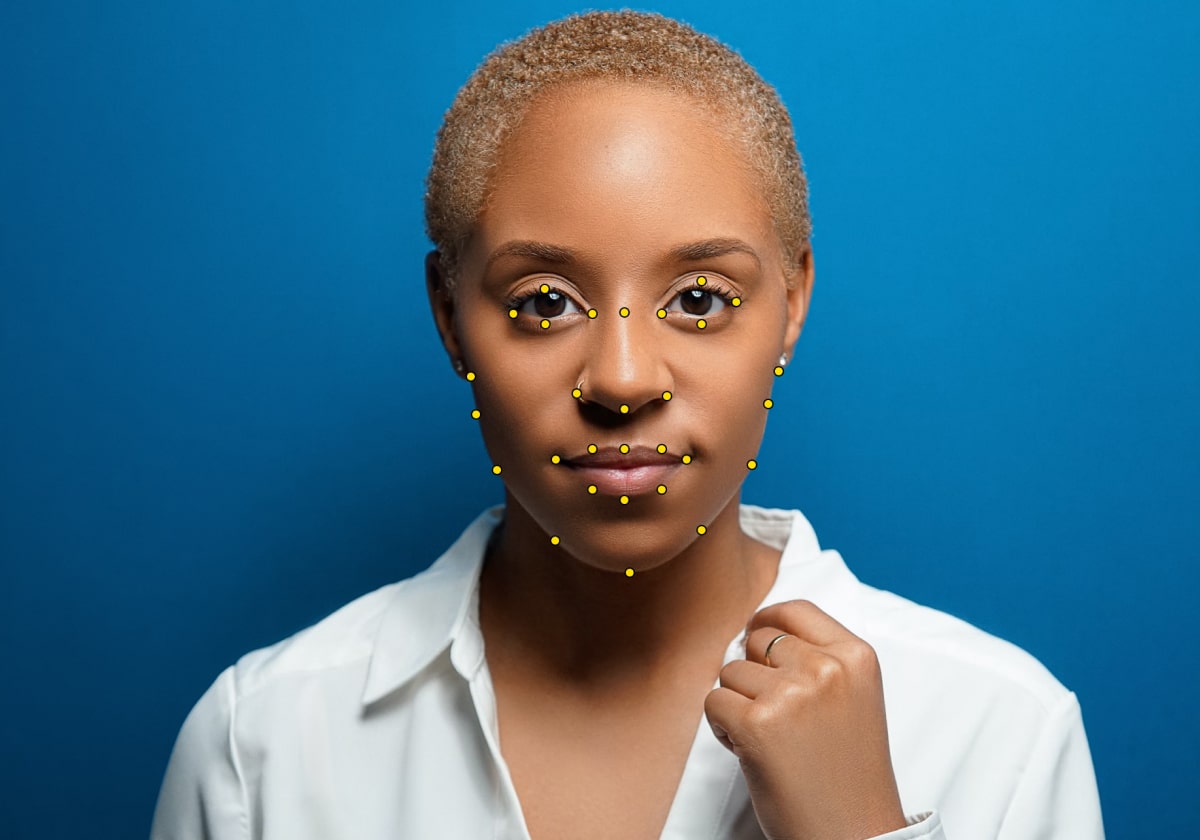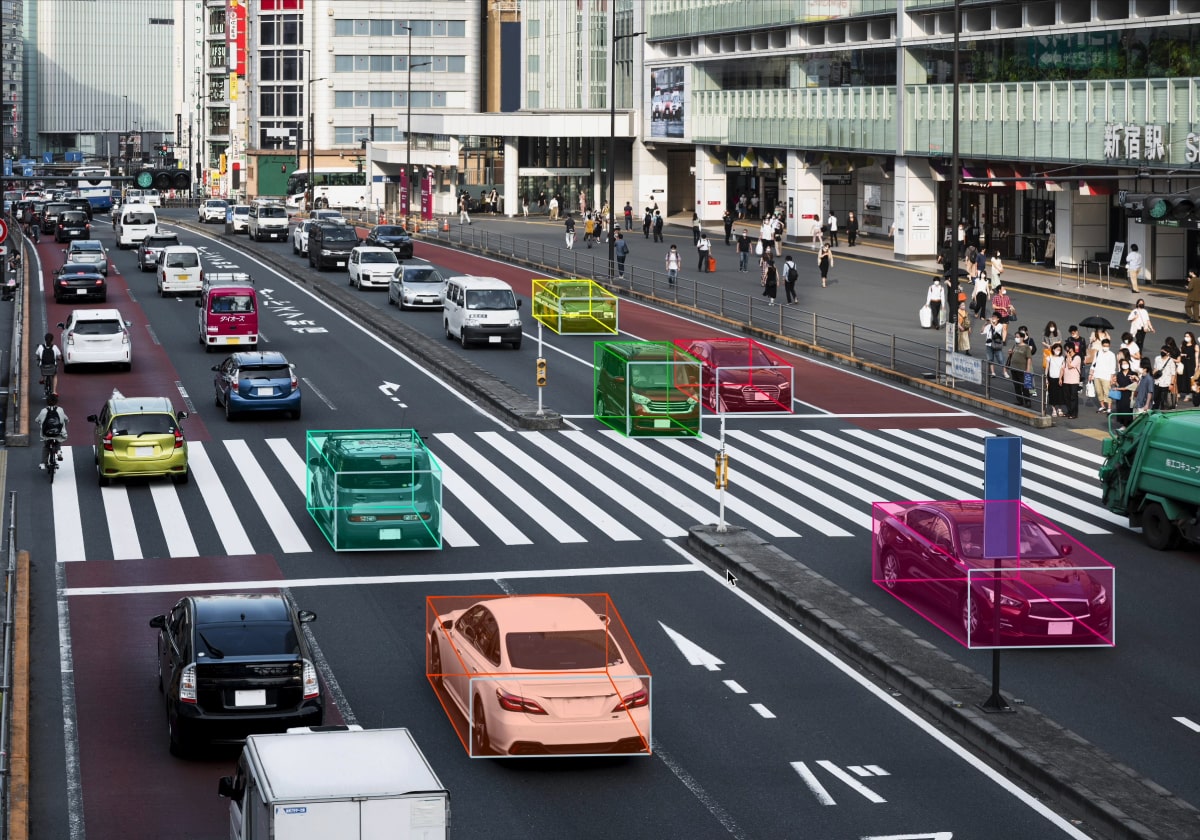
High-End Video Annotation Services for Computer Vision
Unleash the full potential of computer vision with professionally annotated datasets by using a video annotation service from Label Your Data
contact usWe Scale Teams for:



























Video Annotation Services at Label Your Data
We deliver expert video annotation services for all types of data labeling. To achieve the optimum price-performance ratio, Label Your Data makes every effort to fine-tune the quality and throughput of your video annotation tasks
Exclusive Benefits of Our Video Annotation Services
Label Your Data is the ideal option to level up your
computer vision skills and meet training data requirements as a video
annotation services provider with 10 years of industry experience.
Your pain points in video annotation process that we can solve:
Certified Security
Security is the top benefit you can ask for when you decide to outsource video annotation services. Oftentimes, we work with CCTV footage containing sensitive data. We’ve had a team of 200 office-based annotators who were annotating CCTV footage in our PCI DSS compliant offices because the videos contained people’s faces, which is PII (Personally Identifiable Information).
Versatility
Label Your Data supports any kind of data format. If you are not sure how to prepare the video for annotation, you can just give us your dataset, and we will split the videos into a suitable number of frames. Also, there are no requirements for input data: you can send your videos with clarifications of what FPS (frames per second) rate is required, or already cut frames.
Automation
Our video annotation company uses an in-house version of the annotation selection tool. This includes the possibility of automated box annotation, which allows saving time on the markup of similar frames. We also offer our annotation software, which can do interpolation, resulting in a shorter turnaround time and more competitive pricing of our video annotation service.
Free Pilot
Label Your Data offers a free pilot project to demonstrate our expertise and negotiate key project requirements. All you need is to send us your data and specify all the details. By running a pilot, you can better estimate the runtime, assess the performance of our annotators, the QA process, and improve your project goals.
How We Handle Your Video Data
For successful model performance, our team follows a nuanced methodology that relies on high-caliber video annotation process:
Data collection
First, we gather the video data. Data collection usually happens on the client’s side. But if you don’t supply any data, our team performs data collection at your request. In this case, you determine the type of data to gather, the volume, and the method for acquiring it.
Project requirements
At this stage, we coordinate with you the key project details. Together, we decide on the process, policies, data labeling criteria, and annotation tools to create a complete training dataset for their CV model. We have a flexible annotation infrastructure, and we can offer our solutions or use your tools.
Pilot
As we receive the first batch of data, our annotators run a small annotation sample to verify all the edge cases with you. A free pilot helps decide whether our video annotation service can satisfy your demands. Setting realistic quality, timeliness, and productivity goals for the team are essential at this stage.
Full-scale video annotation
Once the pilot is done and the results are satisfactory, we proceed to full-scale annotation by assigning a dedicated team to the project. Our annotators work for 8 to 10 hours each day. On request, we can set up on-site teams and provide the option of working in the office. In some cases, we use labeling tools and predictive models to automate simple tasks.
Quality assurance
Before sending the completed annotations, we ensure their quality and validity. Our QA specialists and project managers implement a tight quality control. To ensure the number of mistakes is negligible, Label Your Data delivers a thorough QA. We locate data drift and anomalies that may necessitate additional labeling procedures.
Why Choose Label Your Data?
Our 10+ years of experience in building remote teams allows us to expertly navigate 500+ data annotators and provide high-quality video annotation services in 55 languages. If you choose to outsource video annotation services to us, you choose the winning mix of quality, speed, and security of your video data.





Our Success Stories
Depth Perception with Instant Segmentation
For a depth perception technology business developing CV algorithms for car cameras, we provided the detailed and high-quality video annotation of driving footage around rural and urban areas. The project took 50 hours for each area over 6 months. The client requested instance segmentation, so we used automated boxing technology to optimize the work and deliver the finished project on time.
Recognizing Human Movement with Key Points
Label Your Data helped develop a gaming fitness app that combines physical activity with gaming. To make the app work, an algorithm required labeled data to understand how a person moves. We annotated around 500 five-minute video clips of people moving for different exercises. For a more visible motion, we used landmark annotation to place key points on different types of bodies of the athletes.
Driving Safety with Landmark Annotation
A driver monitoring system company asked us to assist them in developing a smart interior sensing algorithm for increasing driver safety. We were tasked to label 5000 minutes of videos of bodily movements for vehicle integration by using landmark annotation. Annotated data was used to build an anti-sleep algorithm that would issue a warning for a driver and activate certain systems like radio or rear windshield wiper.
Our Recent Articles
Send your data to us and get a free pilot
project!
CONTACT NOW
FAQs
How to annotate videos for computer vision?
Video annotation in computer vision may be laborious. So, hiring a company that specializes in video annotation services for computer vision models, like Label Your Data, could be a smart move.
Why do you need a video annotation process in computer vision?
The labeled video data helps machines recognize or track objects in the video and, thus, makes computer vision algorithms more accurate and reliable.
What does a video annotator do?
To train CV models to recognize or identify things in the video, a video annotator assigns the right labels to it by performing a frame-by-frame annotation.
What is a video segmentation system?
It’s the division of a video stream into discrete groups of related frames. The most popular segmentation techniques divide video into shots, camera-takes, or scenes.



